Mini shells have become the new Glock mag. What do I mean? If you ever review a PCC or subgun, someone will ask, “DOeS iT tAkE GlOcK mAgS?” Well, when you review a shotgun, they ask about minishells. The advent of the Mossberg Shockwave took these minishells mainstream.
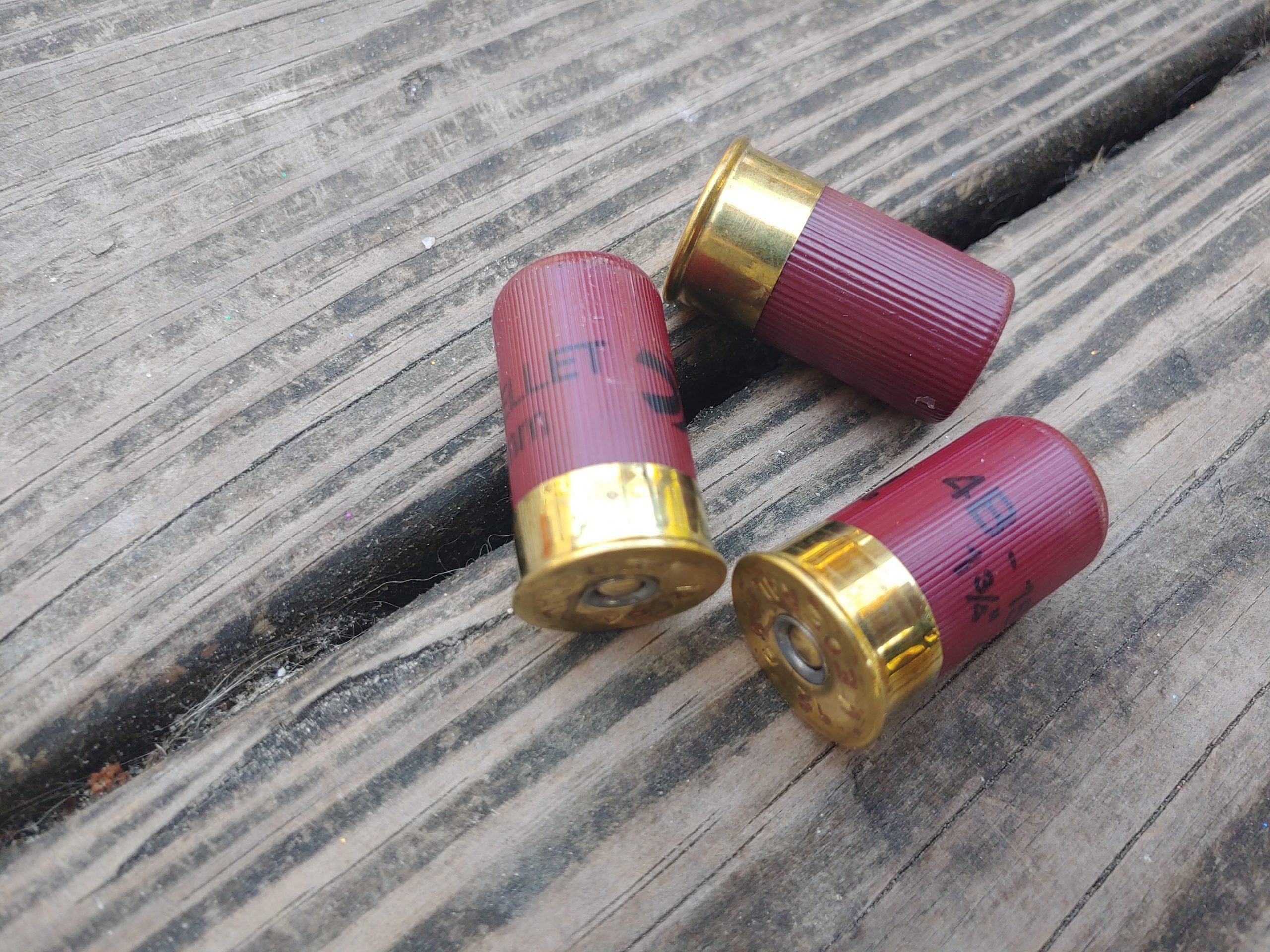
Aguila started this trend. Their 1.75-inch shells came in various loads, including buckshot, slugs, and birdshot. They became popular enough that Federal and Challenger followed their path and produced their own various 1.75-inch minishell loads. Heck, they even got SAAMI specs, which means they are super mainstream. They’ve become common at big box stores and local gun stores.
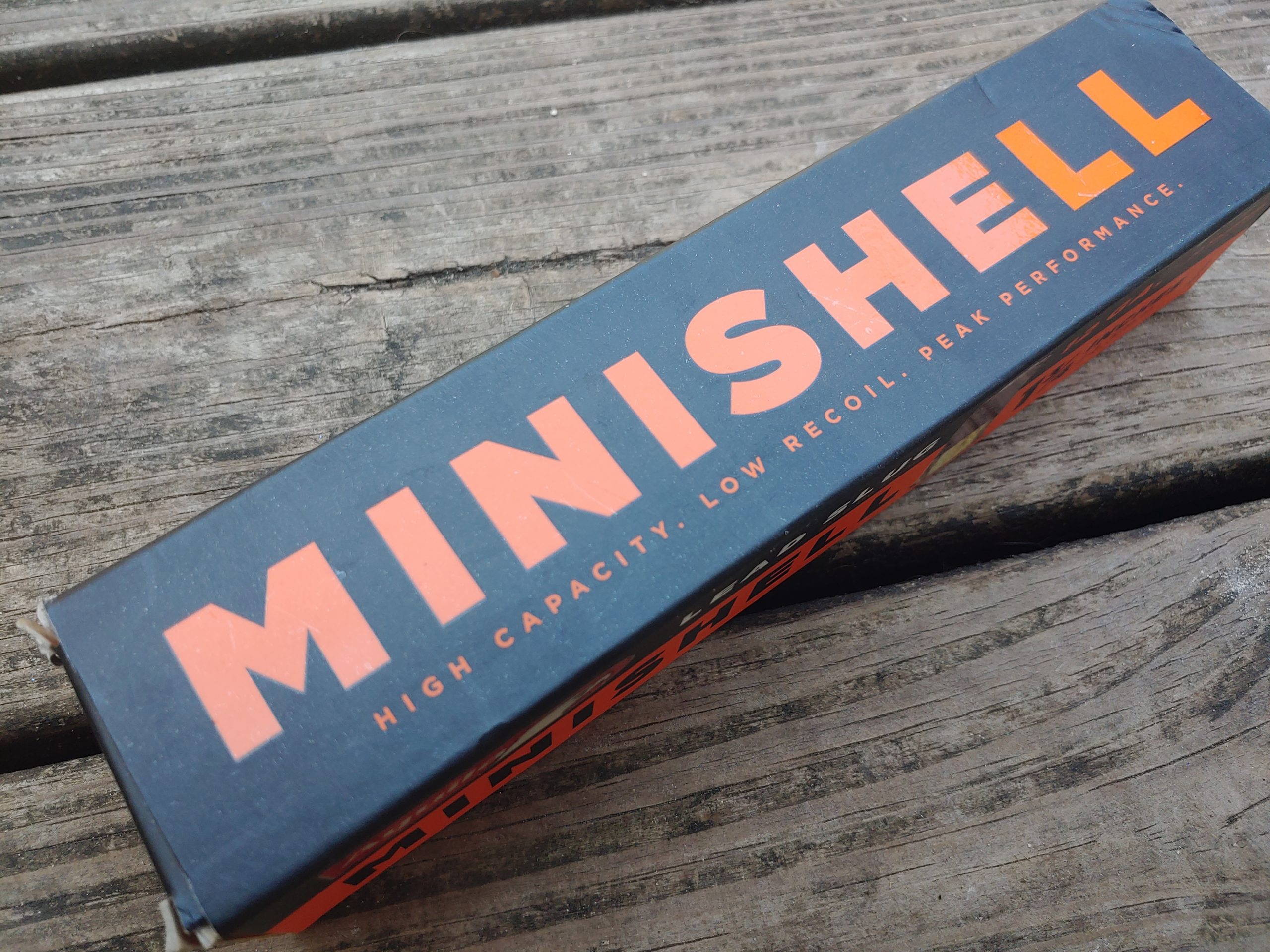
These have become a popular topic in home defense circles with all this mainstream success, and I think you should just say no to minishells for home defense.
The Appeal of Minishells
Advocates of minishells for home defense tout their two main strengths. First, since these are shorter shells, you can fit more of them into the tubular magazine of your shotgun. Many people are of the idea that shotguns have low capacity, which to me shows that someone doesn’t necessarily understand shotguns. More rounds are always great, but in this case, more doesn’t always equal better.
Another strength of these little fellas is reduced recoil. Many folks think shotguns have too much recoil, and these minishells have very little kick to them. While that’s true, it again shows a misunderstanding of using the shotgun and the loads available for shotguns. If your standard reduced-recoil 12 gauge tactical load is too much, then you should be considering a rifle instead of a shotgun.
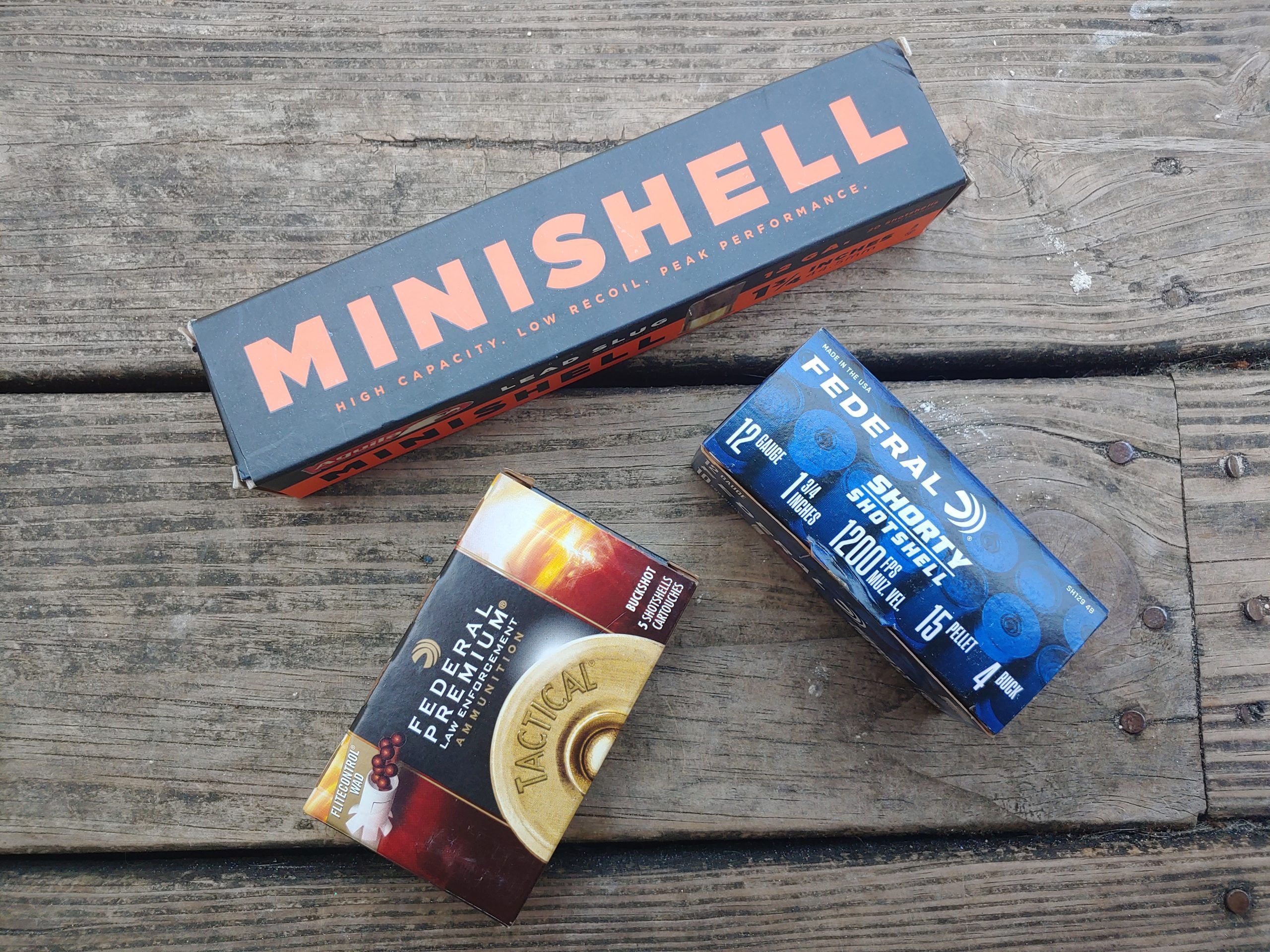
The Problems With MiniShells
I don’t think these rounds have the appeal and advantages people believe they do. They also have several disadvantages that need to be discussed from a realistic perspective. These minishells can be a ton of fun, but they should be reserved for fun, not for serious tasks like home defense. Let’s explore the disadvantages of these shells.
Reliability
Reliability should be a serious consideration when you have a firearm for home defense. It might be the highest. I only know of one modern, home defense-worthy shotgun designed to function reliably with minishells, and that’s the Mossberg 590S series of guns. Some guns work better than others, but they aren’t designed for 1.75-inch shells. Adapters exist, specifically the Opsol Miniclip, limiting you to Mossberg shotguns.
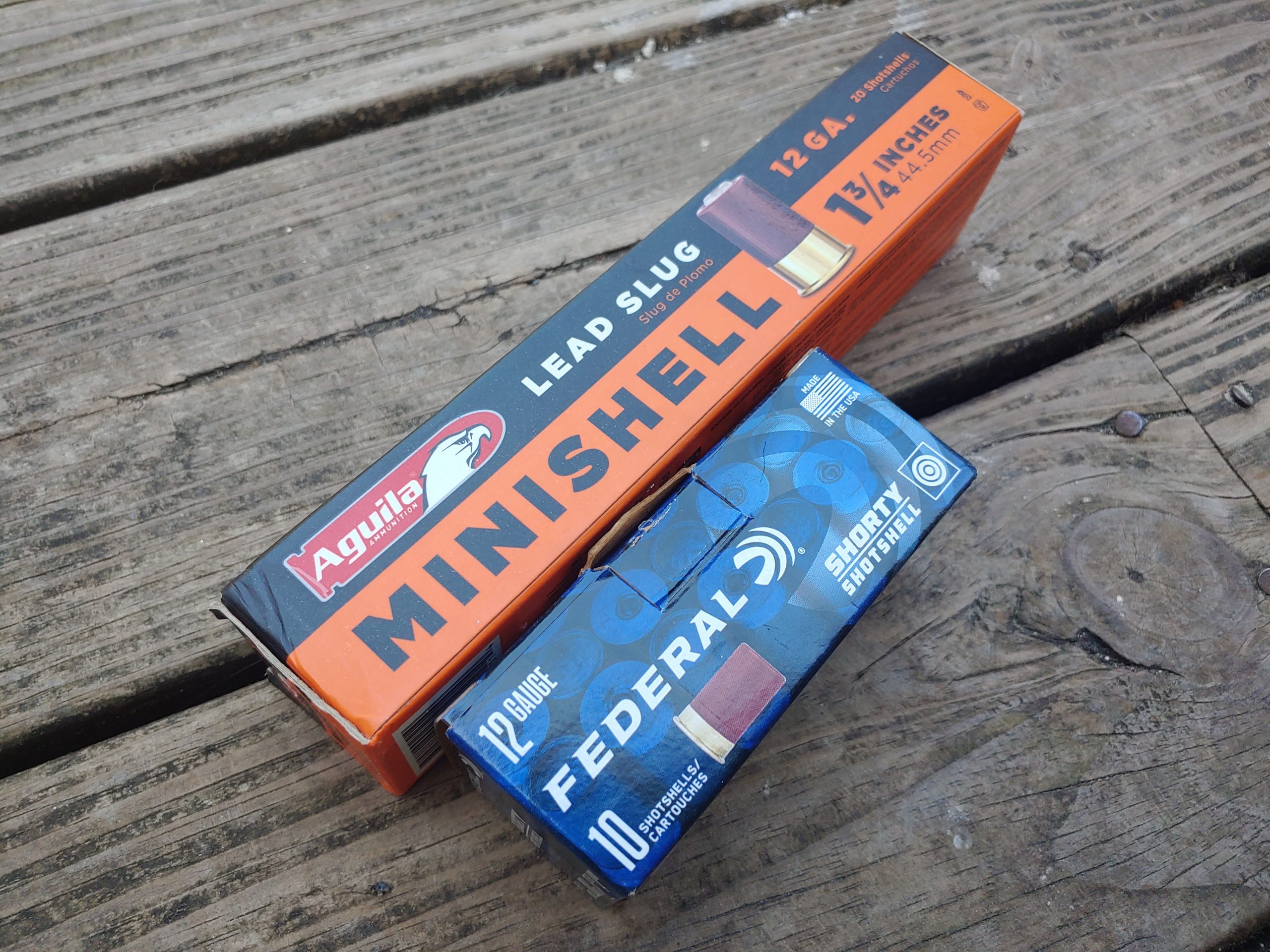
These little fellas won’t cycle in semi-auto guns at all, and you can toss the idea of using detachable magazine shotguns with the shells. Most pump guns can cause them to rotate, jam, and fail to load reliably in your weapon. These malfunctions can be a major hassle to fix, more so than a standard shotgun shell-based malfunction.
Reduced Payload
Even if you have a Mossberg 590S that cycles 100% with minishells, you still need to consider the reduced payload. These minishells can’t exactly pack the same punch as a real shotgun shell. The strength of a shotgun is the powerful, hard-hitting payload it delivers per trigger pull. Finding the right balance between shell length, recoil, and payload is a task for any home defender.
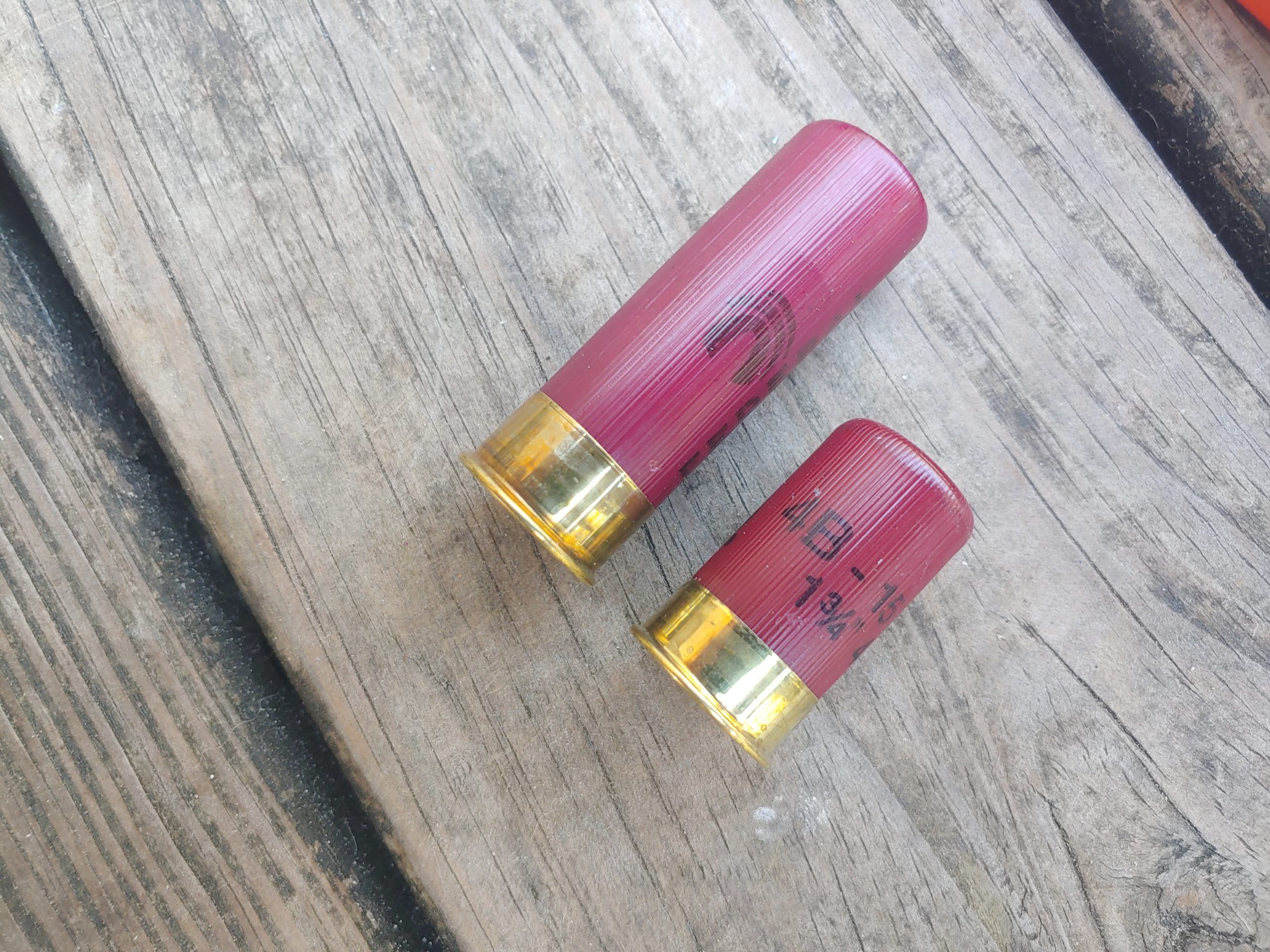
However, the small payload that a 1.75-inch shell contains just ain’t it. The Aguila load contains seven pellets of No. 4 buckshot and four pellets of No.1 buckshot. No.4 buckshot often fails to penetrate deep enough to reach vital organs, but No.1 can certainly do it, but you get four pellets of it. With a 2.75-inch round of No.1 buckshot, you get 4X the pellets that can reach the vitals of a threat.
On top of the multitude of large pellets ripping through the body all at once, a shotgun round dumps kinetic energy into the threat. Reducing that payload so significantly means reducing your ability to stop a threat.
Poor Patterns
From a practical perspective, the minishell patterns kind of suck. I’ve tried loads from every major brand, and they just suck at most ranges. The patterns are super wide and very inconsistent. I’ve tried them with multiple shotguns and have never been impressed. The patterns can often string horizontally for one round and vertically for another.
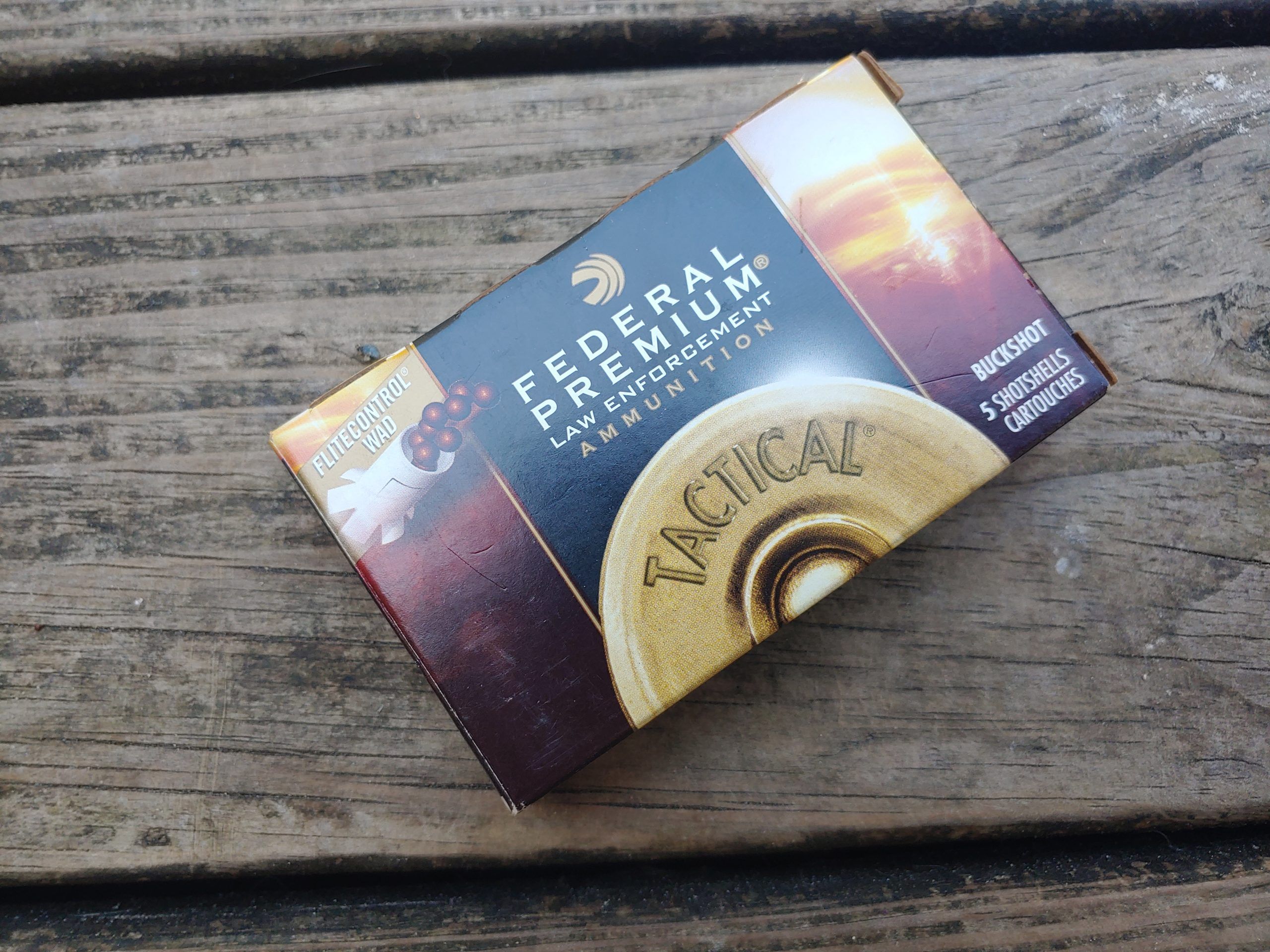
This makes it tough to plan, prepare, and engage with. You want a round like Federal FliteControl that patterns tight and consistent patterns. This way, you have complete accountability for your pellets when you take a shot. A single missed pellet could easily kill a loved one or neighbor, so accountability is a must-have.
Reloads Are Tough
While those minishells might give you a few extra rounds, you still might need to reload. Well, minishells can make that tough. They are smaller, harder to retrieve, and give you less shell to grab when attempting to reload your gun. Smaller shells mean smaller purchase, and that means slower reloads.
What About Slugs?
Mini shells also come in the slug variety, and if I had to use minishells for home defense, I’d use the slugs. They often move at the speed of a .44 Magnum but are considerably heavier. They don’t grant you the same range as a real slug, but at home defense distances, this doesn’t matter.
They still have the downsides of reliability and being tough to reload, but they will certainly dig deep through a threat. They will likely penetrate through the threat and out the other side. They aren’t designed like tactical slugs to mushroom or break apart in a soft target, which can be a serious problem.
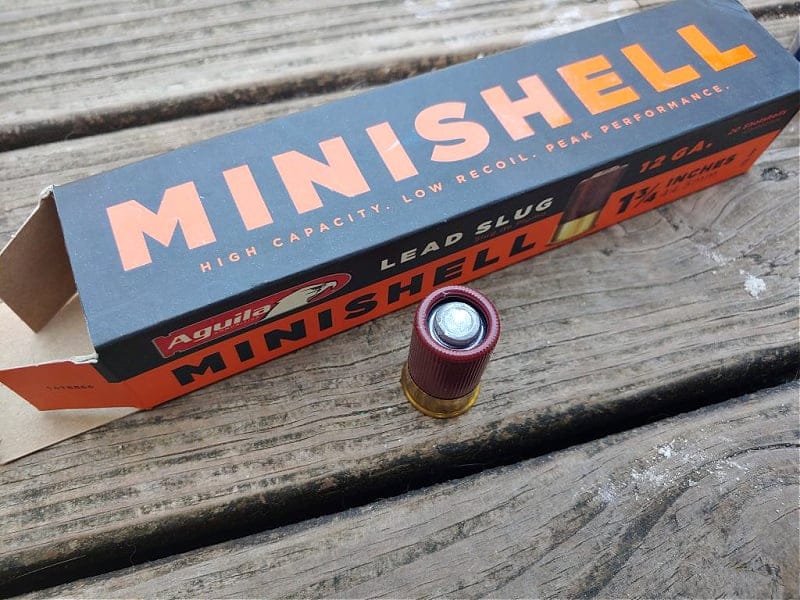
Additionally, I think slugs are great if you need extra range in your shotgun, but for close range, they don’t sense to me. The main advantage of a shotgun is the ability to fire multiple pellets per trigger pull. Using nothing but slugs makes you shotgun a slow-handling rifle. At that point, an AR would likely be a much better choice.
Keep ‘Em Separated
Mini shells are great, but they aren’t perfect for home defense. They aren’t great for the task, and you should rely on more traditional, proven rounds to defend your home. Minishells are great for plinking and even training new shooters and more. When it comes time to stop a threat well, stick to something well-proven and reliable.
My preference is for this specific load.

